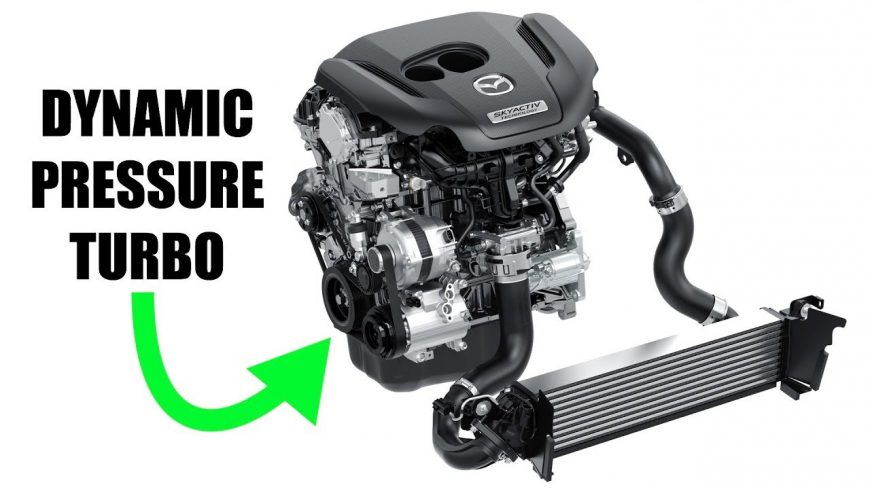How Mazda Is Eliminating Turbo Lag

Turbo lag sucks. This isn’t news to anybody who’s ever driven a boosted car and stomped the gas pedal, only to have to wait anxiously for the exhaust to spool the turbo to the point it begins to make boost. If you’re running a large single turbo setup, it can take several seconds for your turbo to spin sufficiently, leaving you falling behind in a race or, God forbid, struggling to get out of the way of oncoming traffic.
There are solutions, especially if you’re trying to build boost on the starting line. “Boost boxes” are available from an assortment of companies that allow the engine to spin freely while still building boost, something that can’t be done by simply revving the engine with no load on it. However, for stock and mildly-modified cars and in situations where the car is already rolling, these boxes aren’t really practical.
Luckily, the technology now exists for automakers to have the exact precise control over the engine’s functions that car manufacturers are now able to tackle the problem themselves within their own vehicle programming parameters, as well as adding some pretty trick valves in the exhaust system designed to help alleviate the problem. The valves, which are closed below 1,620 RPM, reroute the exhaust through a smaller runner, which speeds up the velocity of the spent gasses, which will spool the turbo at lower engine speeds than previously possible.
As engine speeds increase, the valve opens and the full flow of the exhaust takes over feeding the turbo and continues to operate normally once the engine’s speed reaches 1,620 and above.
The new exhaust system also features a 4-3-1 design that maximizes scavenging in the exhaust to help increase efficiency when it comes to spooling the turbo. Thanks, as always to Jason from Engineering Explained for breaking down this new design in a way that even my simple brain can understand.

